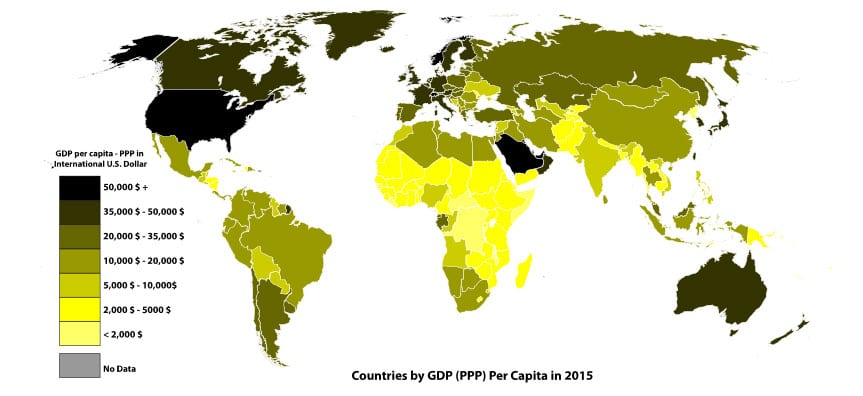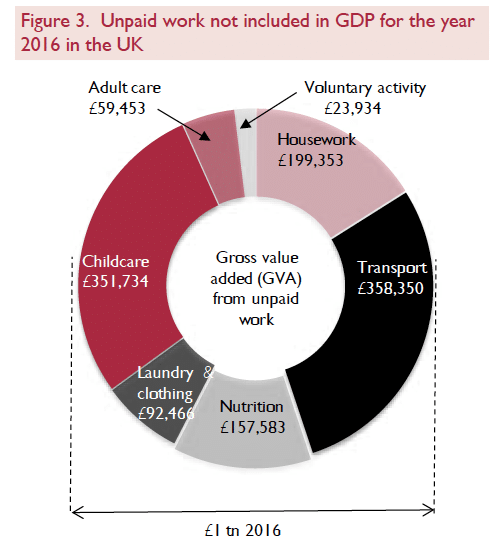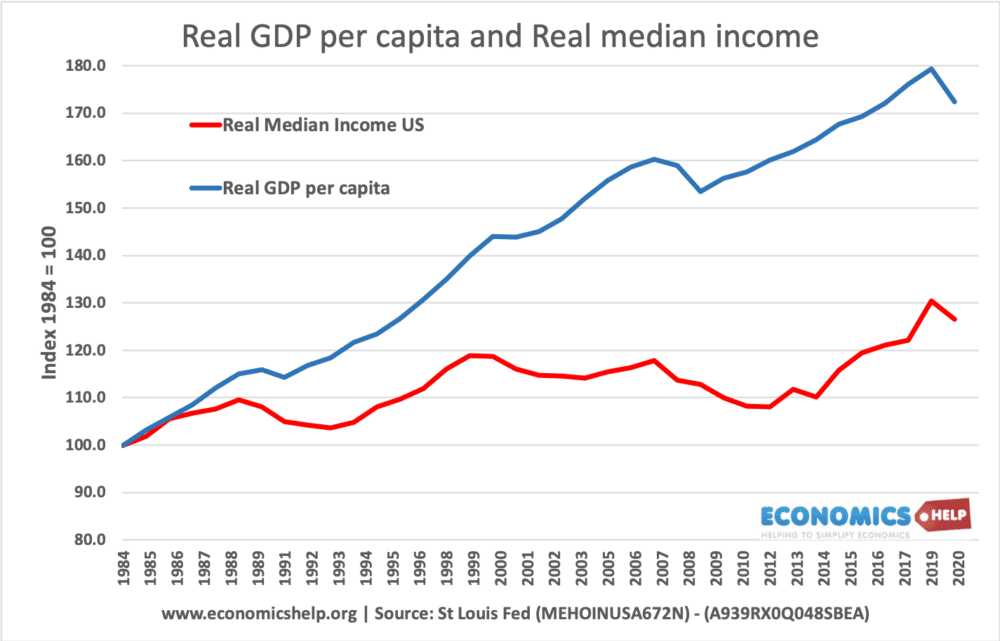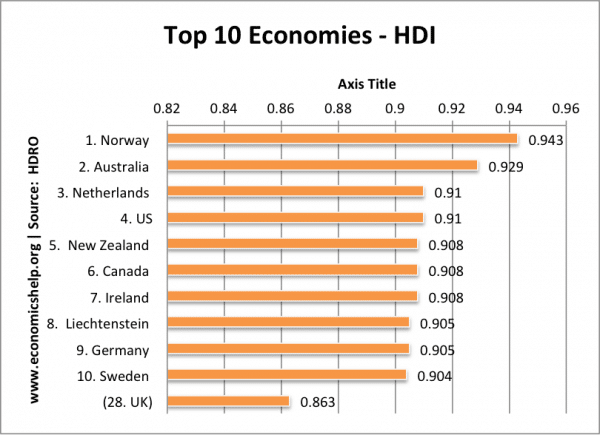What are the limitations of using GNI per capita? ✅ Uy Tín
Thủ Thuật Hướng dẫn What are the limitations of using GNI per capita? Chi Tiết
Hoàng Duy Minh đang tìm kiếm từ khóa What are the limitations of using GNI per capita? được Update vào lúc : 2022-08-29 08:45:12 . Với phương châm chia sẻ Thủ Thuật Hướng dẫn trong nội dung bài viết một cách Chi Tiết 2022. Nếu sau khi đọc tài liệu vẫn ko hiểu thì hoàn toàn có thể lại Comment ở cuối bài để Tác giả lý giải và hướng dẫn lại nha.The most common method for measuring living standards is using GDP per capita. This is national income divided by population and gives a rough guide to average incomes. High real GDP per capita indicates citizens are able to purchase more goods and services.
Nội dung chính- World Map of GDP per CapitaDifficulties measuring living standards10. GDP vs median incomeOther measures of living standardsWhat are some limitations of per capita GNI?Why is GNI not a good measure?What is per capita income What is its limitation as a development measure?What can GNI not tell us?
World Map of GDP per Capita

GDP per Capita. Source: Source: IMF
This shows variation in GDP per capita of $100,000 to $118 in the poorest countries.
However, there are several difficulties in using GDP to measure living standards.
Difficulties measuring living standards
1. Purchasing Power Parity. When comparing living standards between different countries, it is important to take into account different purchasing power parity’s (PPP) – GDP per capita in $ terms does not necessarily reflect the local purchasing power of a country. For example, in Namibia incomes may be quite low – say $1,000 per capita. However, living costs are likely to be much lower in Namibia than say the US. With $1,000 you can buy a lot more in Namibia than in the UK or US. Therefore, it is important to take these factors into consideration when comparing living standards between countries

If we use GDP per capita in purchasing power parity (PPP) then income differentials are smaller.
2. Economic activity not measured. Some countries may have large ‘black market’ or economic activity that isn’t measured by official statistics. For example, in a country like Namibia, there is likely to be a significant degree of subsistence farming. This makes zero contribution to GDP statistics because nothing is officially produced, but people may have decent living standards.
3. Externalities of growth. Higher GDP suggests higher living standards, but higher economic growth may be the cost of increased pollution and congestion. This leads to a decline in living standards (poor health from pollution, time wasted from congestion) therefore GDP overestimates living standards. This has been an issue for countries like China – whose breakneck economic growth has been the expense of pollution.
4. Hours worked Two countries may have similar GDP, but if one country has an average hourly week of 60 hours worked, this suggests lower living standards than a country which has an average of only 40 hours per week.
5. Poverty. Living standards need to take into account how income and expenditure are distributed through society. A country may have high GDP per capita but still have significant poverty. Other measures of living standards, such as Human Development Index (HDI), try to include these factors.
6. Intangibles. Living standards are not just about consumption of goods and services. Arguably a key factor in living standards is issues such as a degree of individual liberty/democracy and freedom. This becomes difficult to quantify from an economic perspective.
7. Literacy. Access to education is considered an important aspect of living standards. Without education, people will struggle to obtain their potential and their human capital will be lower. Education can also improve living standards in non-monetary ways – enjoying a greater degree of culture
8. What do we mean by living standards? Some may think of living standards through financial measures (e.g. income e.t.c). Others may place less emphasis on this and focus on issues such as the environment, ‘general well-being’ and levels of happiness.
9. Unpaid work not counted by GDP
 National Institute Economic Review No. 249 August 2022, Andrew Aitken
National Institute Economic Review No. 249 August 2022, Andrew AitkenThis shows how GDP can under-estimate value of services. Unpaid house work and voluntary activity is not measured by GDP because there is no financial transaction.
10. GDP vs median income

Rising GDP does not necessarily translate into higher wages for average workers because of inequality.
[embed]https://www.youtube.com/watch?v=b69wmle1PK0[/embed]
Other measures of living standards
1. Human development index
A composite index including real GDP PPP, education levels and healthcare standards

Index of Human Poverty HPI
Similar to HDI, but a greater weighting to equality of distribution and levels of absolute poverty.
See also:
- Does economic growth increase happiness? Measuring living standardsTo what extent does GDP measure living standards?
What are some limitations of per capita GNI?
There are some limitations associated with the use of GNI that users should be aware of. For instance, GNI may be underestimated in lower-income economies that have more informal, subsistence activities. Nor does GNI reflect inequalities in income distribution.Why is GNI not a good measure?
However, this paper shows that - especially in developing countries - GNI is not the best indicator for people's living standards, as it does not record the so-called unilateral transfers (foreign aid and workers' remittances among others) and, therefore, the secondary distribution of income that takes place worldwide.What is per capita income What is its limitation as a development measure?
Limitations of per capita income are : (i) A rise in per capita income is due to rise in prices and not due to increase in physical output, it is not a reliable index of economic development. (ii) National income rises but its distribution makes the rich richer and the poor poorer.What can GNI not tell us?
GNI also includes any product taxes not already counted, minus subsidies. It only counts income earned from residents who work abroad and does not count income earned by foreigners located in the country. Like GDP, it also does not include the shadow or black economy. Tải thêm tài liệu liên quan đến nội dung bài viết What are the limitations of using GNI per capita?